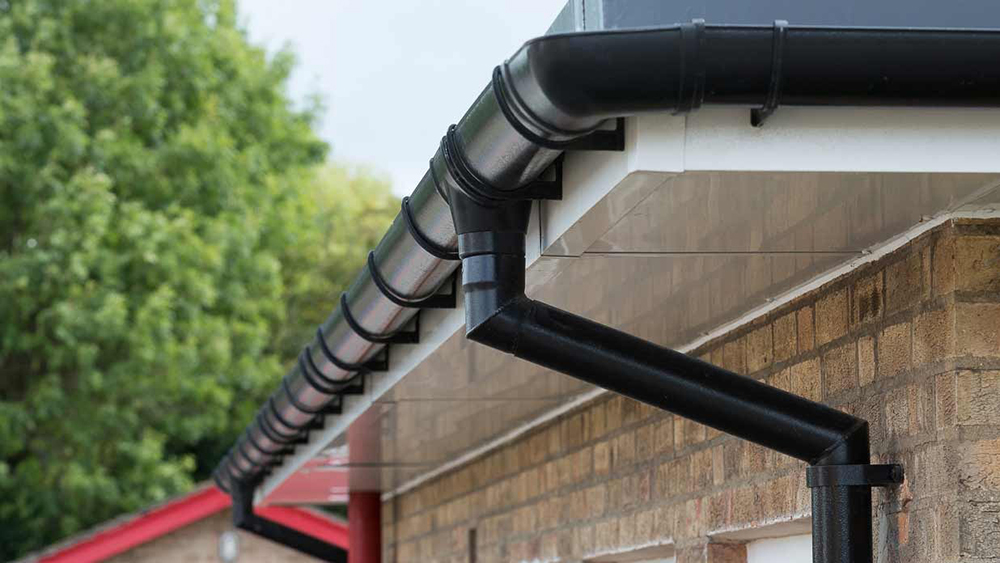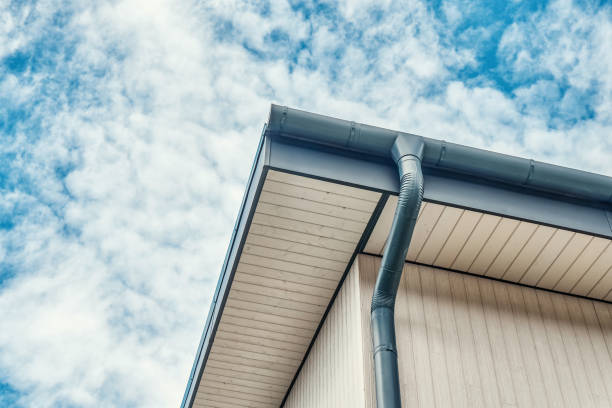There are many benefits to pipe fitting as an industry. Pipefitting is a highly skilled trade that allows for installation, maintenance, and repair of piping systems. In addition to the obvious benefits of a well-maintained piping system, pipefitting can also lead to significant environmental improvements. Pipefitting can improve air quality by reducing emissions from industrial processes. It can also help reduce water usage in regions prone to drought. In addition, pipefitting can improve safety by ensuring that the systems carrying hazardous materials are properly installed and maintained. Malaysia is known for its quality pipes that come with a variety of fittings. From simple valves to more complex configurations such as elbows, flanges, and tees, there is a fitting for everyone.
The benefits of choosing pipe fitting Malaysia includes increased efficiency of Fitting the correct pipe size and configuration can save energy by reducing the amount of water required to operate equipment. Improved safety of properly fitted pipes can reduce the risk of accidents, especially in industrial settings. It reduces maintenance costs by using the right fittings means less frequent repairs and maintenance, which can lead to cost savings in the long run. Pipe fitting is a process that is used to connect different pieces of equipment together. The purpose of this connection is to allow the flow of air, water, or other fluid substances between the different pieces of equipment. There are many benefits that come with pipe fitting. One of the most important benefits is that it can ensure the proper flow of materials and information between different systems.
Types of Pipe Fittings
Another benefit is that pipe fitting can make it easier to connect equipment together and prevent any potential leaks. Malaysia has a vast array of pipe fittings that are perfect for your specific needs. You can find everything from water and gas fittings to oil and gas fittings. Here is a list of the most common types of pipe fitting malaysia are NPT (National Pipe Taper) Fittings, CPVC (Chlorinated Polyvinyl Chloride) Fittings, PVC (Polyvinyl chloride) Fittings, Steel Fittings and Cast Iron Fittings. One of the most common tasks in plumbing is fitting pipes and fittings together. There are many types of pipe fittings, and each has its own specific function.
Malaysia is one of the countries that are known for their pipe fitting industry. Pipe fittings are essential in the oil and gas industry, water and wastewater treatment plants, power plants, factories, and many other industrial applications. There are many types of pipe fittings available in Malaysia. The most common types are union fittings, disconnectors, flanges, elbow joints, tee joints, adapters and reducers. Union fittings connect two pipes together. They can be male or female and come in a variety of sizes. They are used to join round pipes or tubing of different shapes together. Disconnectors allow you to break a pipe connection without removing the entire pipe. They come in 2 types: quick disconnects and slip-on disconnects. Quick disconnects require less effort than slip-on disconnects, but they can be more difficult to use. Flanges protect the inner pipe from damage while it is being fitted into a hole or opening on the other end of the pipe.
Why are pipe fittings used in Malaysia?
Malaysia is a country rich with natural resources and has been using pipe fittings for years. Pipe fittings are essential in the oil and gas industry, water supply, and many other industries. The reason why pipe fittings are so popular in Malaysia is because of the country’s diverse climate. Pipe fittings can withstand high temperatures and pressures, which is why they are used in many industries. Malaysia is one of the most populated countries in Southeast Asia, and its infrastructure is still growing rapidly. This means that there is a lot of pressure on the country’s infrastructure, and pipe fittings are a vital part of it. Pipe fittings are used to connect different pieces of equipment, and they have to be able to withstand a lot of pressure and wear. The main types of pipe fittings used in Malaysia are pipe threads, elbow fittings, tee fittings, and tees.
Pipe threads are the most common type, and they are used to connect pipes together. Elbow fittings are used to connect two pipes at an angle, and they can be joined together using tee fittings or screws. Tee fittings are also used to join two pipes in a right-angle arrangement, and they can be joined using screws or Nuts Pipe fitting is used in Malaysia for a variety of reasons. Some of these reasons include the country’s humid climate, which can cause pipe fittings to corrode or leak, the country’s extensive network of water pipes and the need for reliable and durable infrastructure. A pipe fitting malaysia is often required to be resistant to high temperatures and corrosive substances. This is due to the country’s reliance on oil palm plantations, which are often located near areas where hot liquids and gases are released.

How were pipe fittings first invented?
Pipe fittings were first invented in the 16th century when an Italian scientist, Leonardo da Vinci, designed a water pipe that used a series of joints to connect the pipes. Da Vinci’s pipe was not a success and it was not until 1845 that an American engineer, John Smeaton, designed a more successful water pipe using seamless joints. Pipe fittings are devices that are used to connect pipes of different sizes and shapes. They were first invented in the 18th century, but it wasn’t until the 20th century that they became more widespread. Today, pipe fittings are used all over the world to connect different pieces of plumbing.

The history of pipe fittings begins in the early 1700s when engineers in Europe were working on creating new ways to transport water and other liquids. One of the first techniques they came up with was using wooden pipes that were connected together at regular intervals. Over time, engineers improved on this technique by creating a system called “piping systems”. This involved using cast iron pipes that could be connected together in many different ways to create custom pipelines. Eventually, pipe fittings became a standard part of piping systems, and they continue to play an important role in today’s industry. In fact, pipe fittings are often used to connect different types of pipes together, which makes them a vital part of any water or gas infrastructure
